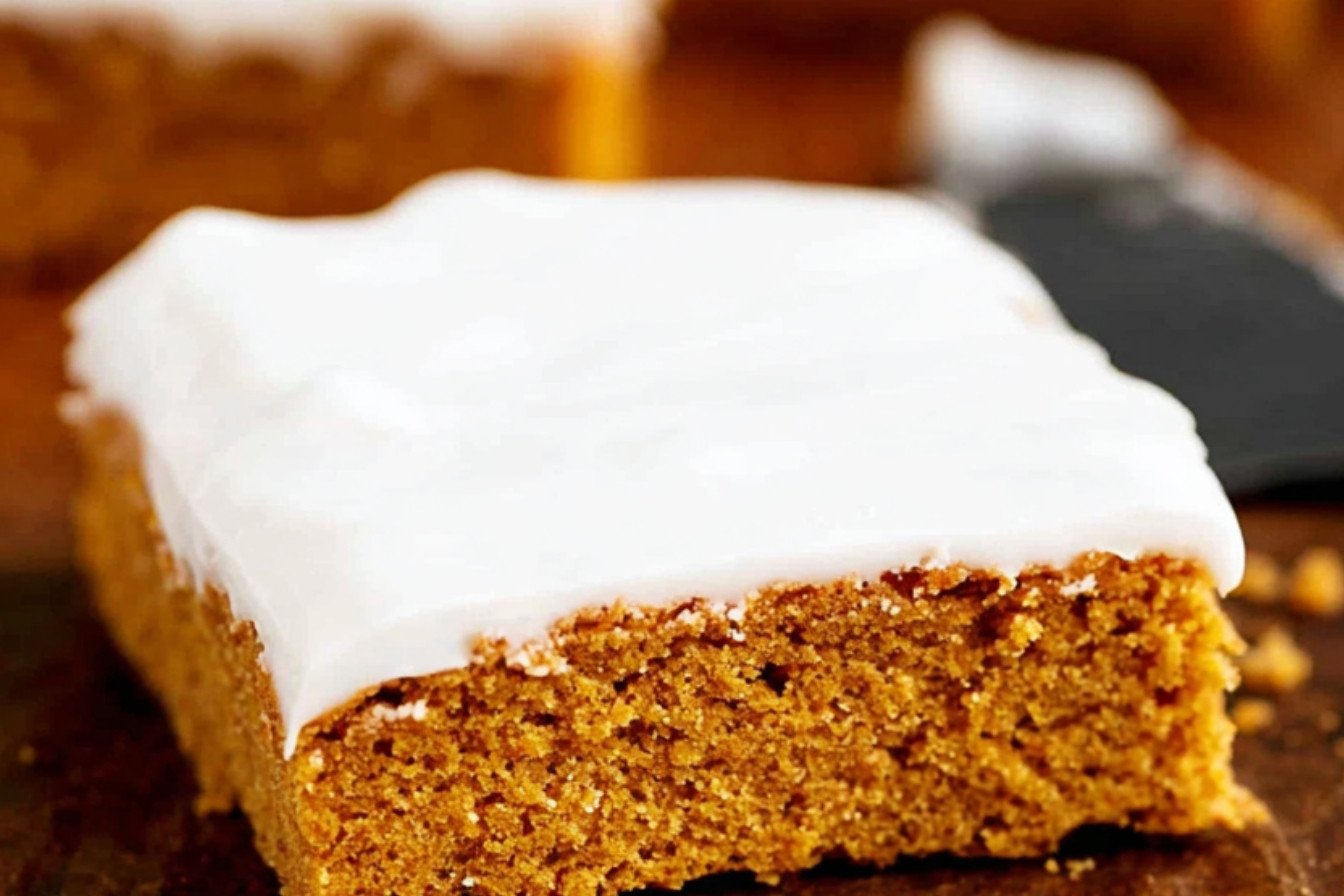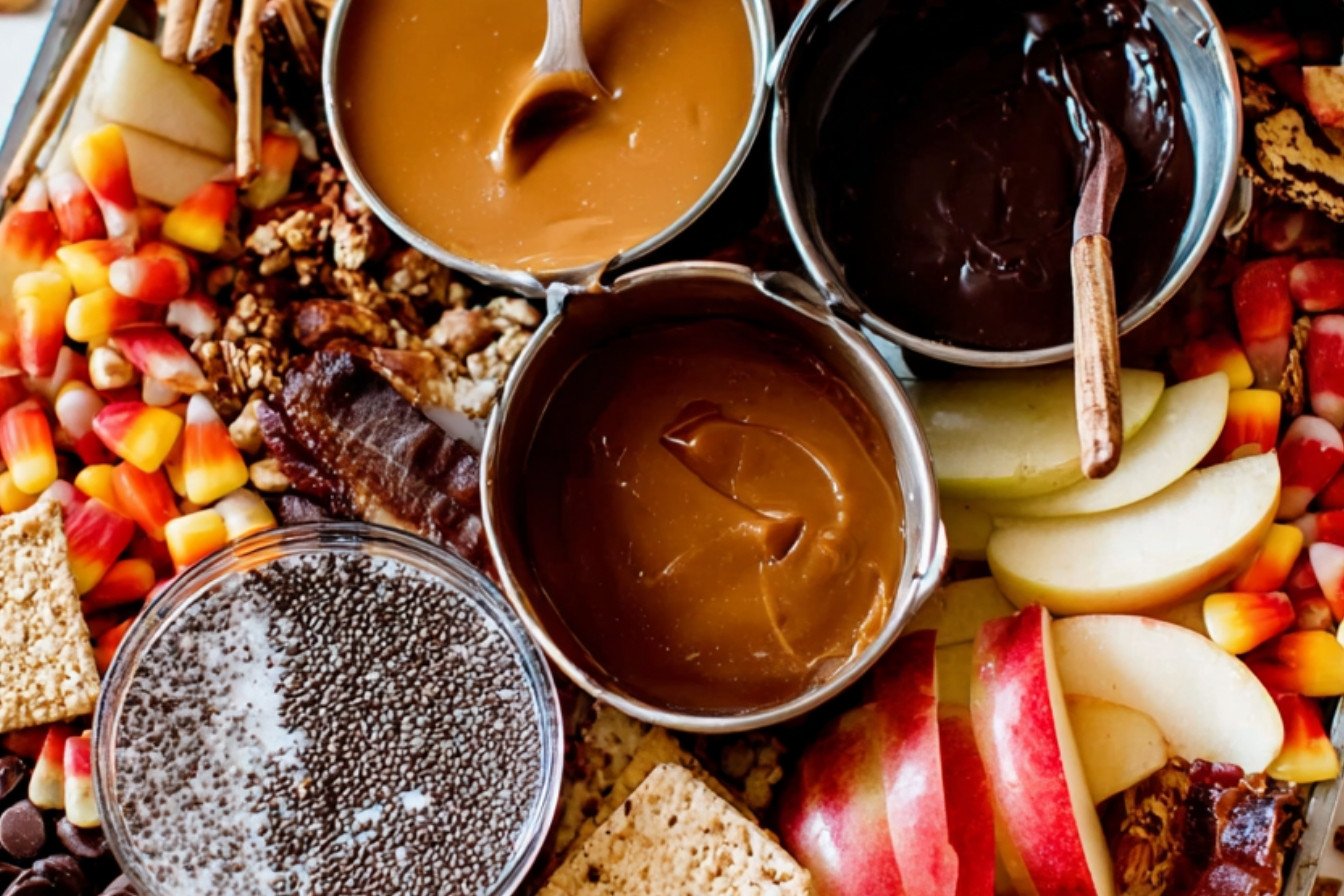The First Bite That Changed Everything
The smell of warm sourdough filled my kitchen, crisp crust crackling as I sliced it. That first bite—tangy, chewy, with a golden crust—made me a believer. Ever wondered how a few simple ingredients could create such magic? This small-batch version lets you enjoy fresh bread without waste. Perfect for small households or weekend bakers. Share your first sourdough memory below—was it love at first bite?My Sourdough Disaster (and Why It Mattered)
My first loaf looked more like a pancake than bread. I forgot to check if my starter was bubbly enough. But that flop taught me patience—sourdough rewards those who wait. Home baking isn’t about perfection. It’s about slowing down, tasting, trying again. Who else has a “fail” that turned into a lesson?Why This Bread Tastes So Good
– The long ferment gives it a tangy depth store-bought bread can’t match. – Steam from the Dutch oven creates that crackly, blistered crust we crave. Which flavor combo surprises you most—earthy, tangy, or sweet-with-butter? Try it toasted with honey or avocado. Poll: Crust lovers, raise your hand!A Loaf With Ancient Roots
Sourdough dates back to ancient Egypt—bakers caught wild yeast in dough. *Did you know gold miners carried starters in pouches during the 1849 rush?* This small-batch style keeps tradition alive for modern kitchens. Simple, sturdy, and shared across generations. What’s your favorite old-school food hack?
Ingredients:
| Ingredient | Amount | Note |
|---|---|---|
| Unbleached bread flour | 250 g | |
| Water (lukewarm) | 180 g | |
| Salt | 5 g | |
| Active Sourdough Starter | 60 g | bubbly and doubled in size |
How to Make Small Batch Sourdough Bread
Step 1 Prepare your sourdough starter the night before. Discard most of it, leaving just 20g. Feed it equal parts flour and water. Let it sit until bubbly and doubled. (Hard-learned tip: Use a rubber band to mark starter growth.)
Step 2 Mix water and starter in a bowl until smooth. Add flour and salt, stirring until shaggy. Cover with a damp towel and rest 45 minutes. This helps the gluten relax.
Step 3 Stretch and fold the dough every 30 minutes. Do this three times, then switch to coil folds. Keep the dough covered between sets. It builds strength without kneading.
Step 4 Let the dough rise until doubled, about 3-4 hours. Shape it into a loose ball, then rest 10 minutes. Final shape gently to keep air bubbles intact.
Step 5 Chill the shaped dough overnight in the fridge. Bake in a hot Dutch oven for a crispy crust. Cool completely before slicing—it’s worth the wait! What’s the best way to tell if your starter is active? Share below!
Cook Time: 4-6 hours Total Time: 12-18 hours Yield: 1 loaf Category: Bread, Baking
Fun Twists on Classic Sourdough
Garlic-Herb Fold minced garlic and fresh rosemary into the dough. Adds cozy flavor perfect for soups.
Seeded Whole Wheat Swap half the flour for whole wheat. Mix in sunflower or flax seeds for crunch.
Cinnamon-Raisin Knead in cinnamon and plump raisins. Toast slices with butter for a sweet treat. Which twist would you try first? Vote in the comments!
Serving Your Sourdough Right
Pair slices with creamy avocado or sharp cheddar. Serve alongside tomato soup for dipping. Drink ideas: Iced herbal tea or a crisp lager. Both balance the bread’s tangy flavor. Which would you choose tonight—soup side or cheese plate?
Keeping Your Sourdough Fresh
Store leftover sourdough in a paper bag at room temp for 2 days. For longer storage, slice and freeze in a sealed bag. To revive, toast frozen slices straight from the freezer. *Fun fact: Sourdough stays fresh longer than regular bread thanks to its natural acids.* Batch-cook tip: Double the recipe and freeze one loaf—it bakes just as well! Why this matters: Fresh bread reduces waste and saves money. Ever tried freezing sourdough? How did it work for you?Troubleshooting Your Sourdough
Dense loaf? Your starter might need more time to bubble—try feeding it 12 hours before baking. Crust too hard? Spray water in the Dutch oven before baking. Dough won’t rise? Check your room temp—it loves warmth (75°F is ideal). Why this matters: Small tweaks make big differences in sourdough success. My first loaf was a brick—until I learned these fixes! Share your sourdough fails or wins below.Sourdough Questions Answered
Q: Can I make this gluten-free?
A: Swap bread flour for a gluten-free blend, but add 1 tsp xanthan gum for structure.
Q: How far ahead can I prep the dough?
A: Refrigerate after shaping for up to 48 hours—it gains more flavor!
Q: What if I don’t have a Dutch oven?
A: Use a baking sheet with a pan of water below for steam.
Q: Can I use less starter?
A: Yes, but rise times will double—plan ahead.
Q: Can I double the recipe?
A: Yes! Split dough into two loaves for even baking.
Happy Baking, Friends!
Nothing beats the smell of fresh sourdough. I still remember my grandma’s kitchen—flour everywhere, laughter, and warm bread. Share your bake with me! Tag@SpoonSway on Pinterest so I can cheer you on. Happy cooking! —Sarah Cooper.


Perfect Small Batch Sourdough Bread for Fresh Baking
Description
Enjoy fresh, homemade sourdough bread with this small-batch recipe, featuring a crispy crust and soft, airy interior.
Ingredients
Instructions
- Prepare Your Sourdough Starter: Discard all but 20g of your sourdough starter. Feed it a ratio of 1:2:2 (starter:flour:water). Let it sit at room temperature for 4-8 hours until it doubles in size and is bubbly.
- Make the Dough: In a large bowl, combine the water and sourdough starter and mix until combined. Add the flour and salt, stirring until a shaggy dough forms. Cover the bowl with a damp towel and let it rest for 45-60 minutes.
- Stretch and Fold, and Coil Folds: Perform 3 sets of stretch and folds every 30 minutes over 1.5 hours. Follow with 3 sets of coil folds, every 30 minutes for another 1.5 hours. Cover the dough between sets.
- Bulk Rise: Allow the dough to bulk ferment at room temperature for about 3-4 hours, or until it has doubled in size.
- Shape the Dough: Turn the dough onto a lightly floured surface, fold the edges into the center, and flip to create a loose ball. Rest for 10-15 minutes.
- Final Shape: Gently turn the dough onto a lightly floured surface. Handle it carefully to retain air bubbles. Shape it into a boule and place it seam-side down into a floured proofing basket. Cover and refrigerate overnight.
- Bake the Bread: Preheat a Dutch oven to 475°F for at least 30 minutes. Remove the dough from the fridge, score the top, and place it in the Dutch oven. Cover and bake for 25 minutes, then uncover, reduce heat to 425°F, and bake for another 10-15 minutes until golden brown. Cool for at least 1 hour before slicing.
Notes
- For best results, use a kitchen scale to measure ingredients accurately. Adjust fermentation time based on room temperature.
Sourdough, Bread, Homemade, Small Batch








